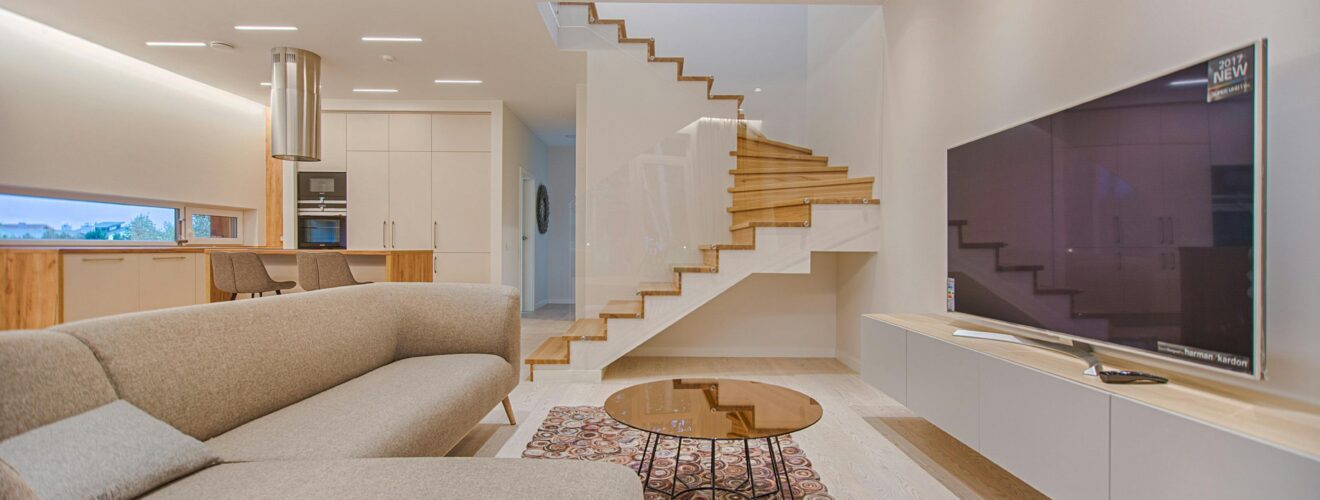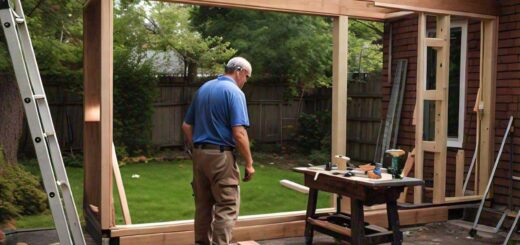10 Ceiling You Should Know About for Your Home Remodelling

Ceilings are frequently disregarded while designing house remodelling projects. But changing their look from a plain, neutral background to a striking pattern may be a terrific way to enhance a house’s overall attractiveness. When it comes to ceiling styles, there are several alternatives available. It’s a good idea to learn about the different types of ceilings before beginning a makeover to ensure that the design works well for the house. Discover 10 different types of ceilings with this guide for your upcoming home improvement job.
Suspended Ceiling
Drop or dropped ceilings are another frequent term for suspended ceilings. Interior designers may hide HVAC ventilation, plumbing and electrical lines, lighting fixtures, and lighting fixtures by using this form of ceiling that hangs below the current ceiling from a metal grid.
Furthermore, a suspended ceiling enhances sound and heat insulation because it is effectively a second ceiling that is placed right beneath the original ceiling. Usually, offices, retail establishments, commercial buildings, and basements have this kind of ceiling installed. It’s crucial to remember that installing a suspended ceiling can be challenging, therefore it’s advisable to leave the work to a qualified expert.
Tray Ceiling
The multi-level design of tray ceilings descends in equal steps as more levels are added, beginning at a high centre. The ceiling pattern has a tray-like appearance, as implied by the design’s name, which is square or rectangular.
Panned ceilings are another name for tray ceilings. You may create a three-dimensional look that gives the impression that the ceiling is extending outward by incorporating steps or levels into the design.
But, the multi-level design might make a space appear small if the ceiling isn’t at least eight feet high. If your living room, dining room, or any other room meets the necessary height criteria, install tray ceilings.
Vaulted Ceiling
Popular choices for houses with lots of vertical space include vaulted ceilings. A room with this style of raised ceiling appears larger because it enhances the height of the area. Vaulted ceilings come in a variety of styles and are commonly found in dining rooms, living rooms, and other big spaces where people congregate.
With their high, inverted V-shaped form, cathedral ceilings are the most famous kind of vaulted ceilings. There is also the option of domed vaulted ceilings. They resemble cathedral ceilings, with the exception that the top of the ceiling has a central arch rather than a point. Before choosing this style, just make sure that the attic has enough room to support a vaulted ceiling.
Beam Ceiling
A house might look more modern or rustic with beam ceilings. This kind of ceiling usually has completed plasterboard covering the spaces between the wide, visually appealing wood beams that are exposed within the room.
While some homes have attractive support beams, others might not have large load-bearing beams. If so, the installer can get a similar look by utilising plywood and mitres to create the illusion of a beam ceiling.
Shed Ceiling
Single-slope ceilings are another term for shed ceilings. This kind of ceiling forms a single-slope ceiling, resembling those seen on little sheds, by beginning at a high position on one wall and sloping down towards the opposing wall, finishing at a lower point.
Installing shed ceilings in an attic or loft can also assist expand the amount of space that is accessible there. Wood ceilings may be hung on a slope even in bigger spaces. The primary runners are positioned on a slope to resemble a shed ceiling, although the installer only employs a regular suspension grid.
Coved Ceiling
In formal spaces like dining rooms of homes, theatres, and churches, coved ceilings are a popular design option. Coves, a form of curved moulding or frame, is used to create this kind of ceiling. Beginning at the top of the wall, the coves continue upward to create a concave ceiling with rounded edges in place of pointed ones.
The ceiling’s rounded shape, which mimics a dome, gives the space a cosier, friendlier aspect. In halls, arches can also be created using small or narrow coved ceilings. The disadvantage of this design is that because of the installation’s intricacy, it will usually cost more to install.
Coffered Ceiling
A coffered ceiling is composed of a grid of inverted panels that are spaced apart by moulding to enhance the pattern. This kind of ceiling provides a traditional, opulent appearance. To facilitate an easier installation, the panels may be mounted using a conventional T-bar suspension grid.
Although coffered ceilings are common in libraries, hotels, restaurants, and upscale residences, they are not frequently found in residential buildings due to the expensive expense of installation.
Conventional Ceiling
A typical ceiling is the most popular type of ceiling for residential buildings. This kind of ceiling is inexpensive, flat, and quite simple to install. Conventional ceilings are perfect for disappearing into the background of a home because of their simple appearance and flat design.
Conventional ceilings are normally placed at a height of 8 to 9 feet, however if your property has the room, you can raise the ceiling higher. In most situations, conventional ceilings are manufactured with a normal drywall finish that can be painted in a neutral hue to better blend in or an eye-catching color to contrast the walls.
Slanted ceiling
This sort of ceiling has a sloping roof, much like a shed ceiling or a vaulted cathedral ceiling. The two roof sides rise from their lowest point against the walls to the room’s centre peak. To get this impression, the ceiling is not truly vaulted.
Rather, sloping ceilings are usually seen in houses with pitched roofs, which means that in order to produce a comfortable attic space, the inside ceiling must also match the roof’s slope. Check your local building rules before choosing a slanted ceiling as there are restrictions on how low they may be. This design can be a good way to add some more living space to the house.
Exposed Ceiling
For an industrial feel, open ceiling designs are commonly used in restaurants and coffee shops. All the parts that are normally covered, such as HVAC ducting, pipes, and electrical cables, are visible on exposed ceilings; however, these parts can be painted to give the space a more finished appearance.
Installing this kind of ceiling design is not expensive, but it’s crucial to remember that it also lessens the room’s insulation from heat and noise, which can result in increased energy costs for heating and cooling.
Options for Ceiling Texture
There are several different textures that you may use on the ceiling to improve the overall look of your house or to make a statement piece that attracts visitors. Popcorn, orange peel, flat, knockdown, swirling, and skip trowel are examples of common texture possibilities.
Smooth or flat ceilings go well with a minimalist design, and an orange peel texture gives the room a more understated appearance. For a loose, customised design that leaves portions of the ceiling bare and others filled in, use a skip trowel or knockdown texture. Half-circle patterns are produced in swirled ceilings by swishing a sponge or other such instrument through the ceiling compound before it solidifies.
For more posts



